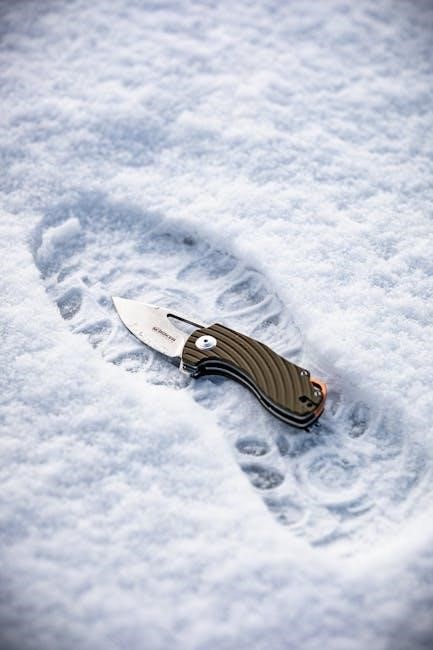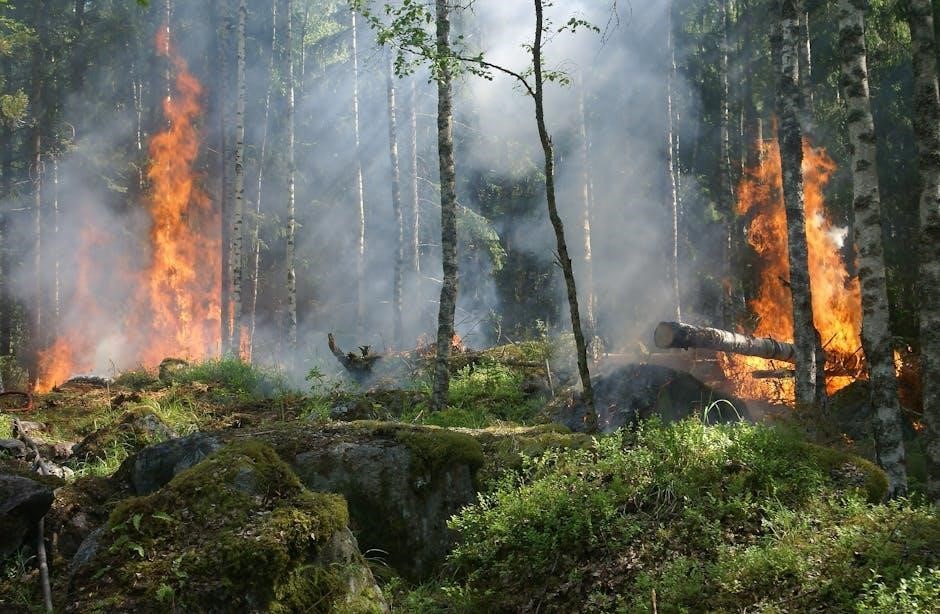Learning wilderness long term survival skills is crucial for outdoor enthusiasts, using
techniques
and strategies to stay alive in the wilderness for extended periods of time naturally.
Understanding the Basics of Wilderness Survival
To understand the basics of wilderness survival, it is essential to learn about the fundamental principles of surviving in the wild, including finding food, building shelter, and purifying water.
Using the right
techniques
and strategies can help individuals stay alive in the wilderness for extended periods of time.
The basics of wilderness survival involve developing skills such as starting a fire, finding and preparing food, and navigating through the wilderness.
These skills are crucial for anyone who ventures into the wild, whether for a short or long period of time.
By learning the basics of wilderness survival, individuals can increase their chances of survival and make their experience in the wild more enjoyable and safe.
Understanding the basics of wilderness survival is the first step to becoming proficient in wilderness long term survival.
Building Shelter for Long Term Survival
Constructing a suitable shelter is essential for protection naturally.
Types of Shelters and How to Build Them
There are various types of shelters that can be built in the wilderness, including lean-tos, debris huts, and snow shelters, each with its own unique characteristics and construction methods. The type of shelter to build depends on the available materials and the environment. For example, in a forest, a lean-to shelter can be built using fallen branches and a tarp, while in a snowy area, a snow shelter can be constructed using packed snow and a shovel. It is essential to choose the right type of shelter and build it correctly to ensure protection from the elements and wildlife. A well-built shelter can provide a safe and comfortable place to rest and survive in the wilderness, and learning how to build different types of shelters is a crucial skill for any outdoor enthusiast, using natural resources and techniques.

Purifying Water in the Wilderness
Using water filters and purification tablets is essential for safe drinking water in the wilderness naturally every day.
Methods for Making Water Safe to Drink
There are several methods for making water safe to drink in the wilderness, including boiling, using water filters, and purification tablets.
These methods can remove harmful bacteria, viruses, and other contaminants from the water, making it safe for consumption.
Using these methods can help prevent waterborne illnesses and ensure access to safe drinking water.
It is essential to understand the different methods and choose the most appropriate one based on the situation and available resources.
By having the right knowledge and skills, individuals can make water safe to drink and stay healthy in the wilderness.
This is crucial for long-term survival, as access to safe drinking water is essential for human survival.
Therefore, learning about these methods is vital for anyone planning to spend time in the wilderness.
It can help them stay safe and healthy, and make their wilderness experience more enjoyable.

Mastering Life Saving Techniques
Learning life saving techniques is essential for wilderness survival, using skills to stay alive in emergency situations naturally every time always.
Essential Skills for Staying Alive in the Wilderness
Staying alive in the wilderness requires a set of essential skills, including navigating through dense forests and finding food in the wild, using techniques such as tracking and hunting.
These skills are crucial for wilderness survival and can be learned through practice and experience, with the help of online resources and survival guides.
A person with these skills can survive in the wilderness for an extended period, using natural resources to their advantage, and staying safe from harm, by being aware of their surroundings and taking necessary precautions, and using tools such as a knife and a water filter to make their survival easier, and more manageable, in a natural environment.
They can also learn how to start a fire, build a shelter, and purify water, which are all essential skills for staying alive in the wilderness, and can be used in a variety of situations.
Preparing for Any Challenge in the Wilderness
Preparation is key to wilderness survival, using strategies and tips to overcome challenges naturally every time.
Strategies and Tips for Long Term Survival
To increase chances of survival, it is essential to have a well-thought-out plan and strategy in place, including knowing how to navigate and find food and water.
Using the right equipment and gear can also make a significant difference in wilderness survival, and learning how to use them effectively is crucial;
Additionally, having a positive mental attitude and being able to stay calm in difficult situations can help individuals make better decisions and stay focused on survival.
It is also important to be aware of potential hazards and dangers, such as wild animals and harsh weather conditions, and to know how to avoid or mitigate them.
By following these strategies and tips, individuals can increase their chances of survival and stay safe in the wilderness for an extended period of time naturally.

Primitive Skills for Long Term Wilderness Survival
Acquiring primitive skills like making tools and
shelter
is essential for wilderness survival naturally every day.
Making Bows and Arrows, Fish Spears, and Other Essential Tools
Creating essential tools is vital for long term wilderness survival, using materials found in nature to craft items like bows and arrows, fish spears, and other hunting gear.
These tools can be used for hunting and gathering food, as well as for self-defense and protection from the elements.
Learning the skills to make these tools is crucial for anyone venturing into the wilderness for an extended period.
With the right tools, individuals can increase their chances of survival and thrive in the wilderness.
The process of making these tools requires patience, dedication, and practice, but the end result is well worth the effort.
By acquiring these skills, individuals can become more self-sufficient and confident in their ability to survive in the wilderness.
This knowledge can be applied in various situations, from camping trips to long term wilderness excursions.

Storing Food and Tanning Animal Hides
Preserving food and tanning hides requires specific skills and
techniques
for long term use naturally.
Techniques for Preserving Food and Making Leather
Preserving food is essential for long term survival, and techniques such as smoking, drying, and fermenting can be used to make food last longer.
Making leather from animal hides is also a valuable skill, as it can be used to create clothing, shelter, and other essential items.
Using natural materials like plants and trees, individuals can create the necessary tools for preserving food and making leather.
Additionally, understanding the properties of different materials and how to work with them is crucial for successful preservation and leather making;
With the right techniques and materials, individuals can preserve food and make leather, increasing their chances of survival in the wilderness.
Overall, preserving food and making leather are important skills for anyone looking to survive in the wilderness for an extended period.
Essential Gear for Long Term Wilderness Survival
Having the right gear is crucial for long term wilderness survival, and a well-stocked survival kit can make all the difference.
A water filter or purification tablets are essential for accessing safe drinking water.
A knife or multi-tool can be used for a variety of tasks, from cutting branches to hunting for food.
A first aid kit should also be included, with supplies for treating injuries and illnesses.
Other essential items include a fire starter, shelter materials, and a means of navigation, such as a compass or map.
With the right gear, individuals can increase their chances of survival and stay safe in the wilderness.
A survival kit should be tailored to the individual’s needs and the environment they will be in, and should be regularly checked and updated to ensure it remains effective.




About the author